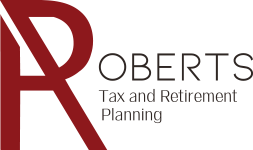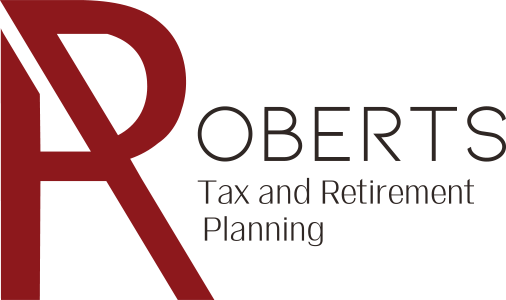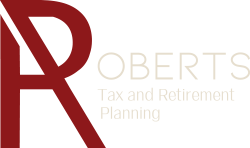Instead of shooting for the multi-million dollar retirement account many forecasts say you need, find a reasonable amount that fits your age, lifestyle, and current savings. One of the best tools for deciding how much you need to save, no matter how old you are currently or what state your finances are in, is the Four Percent Rule.
What is the Four Percent Rule?
This rule is a general estimate on how much you can withdraw from a retirement or investment account without steadily decreasing the balance. According to this general estimate, you can expect the market to grow your investments at a rate of roughly 7% each year. Once you take away fees and inflation, that leaves you with a ‘real’ 4% growth. So, if you only remove 4% of your total account each year, you can feel pretty comfortable that your account will hold steady over the long-term, even if some years see less return and other years see more.
Why is this useful for planning retirement?
While you don’t necessarily need your retirement account to remain plentiful in perpetuity, having a healthy margin for increased expenses as you age means adhering to the Four Percent Rule gives you more and more room for additional expenses later on when you need to spend more than 4%. It also gives you a great tool for predicting what your retirement goals should be.
Whatever your current or projected spending is, just multiply it by 25 to get your total. For example, if you expect to spend $40,000 a year, you need $1 million dollars ($40,000 x 25). This in turn means you can withdraw $40,000 each year ($1,000,000 x 0.04).
There are countless slight variations on this rule, such as only withdrawing 3% if you have risky investments or the economy is going poorly in a given year. Or you can withdraw more if you have a secondary stream of income and don’t mind running the risk of slowly draining your account. No matter what your plan is, just having one in mind can help you start saving and investing strategically. Go to Roberts Tax Advisory for more tips and plans for retirement.






